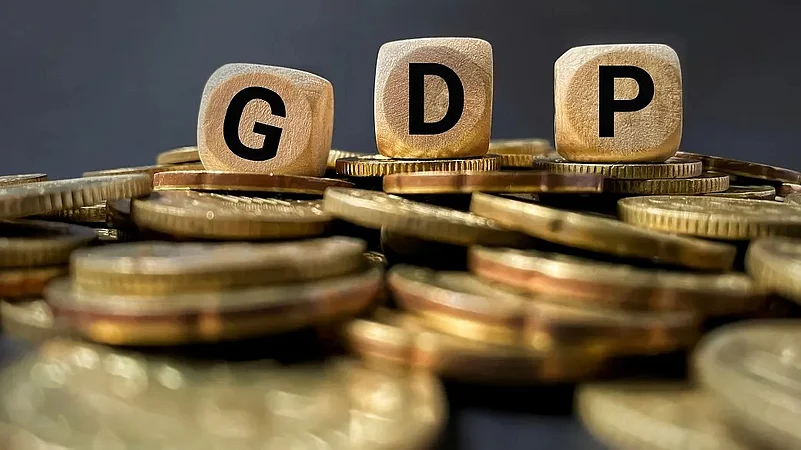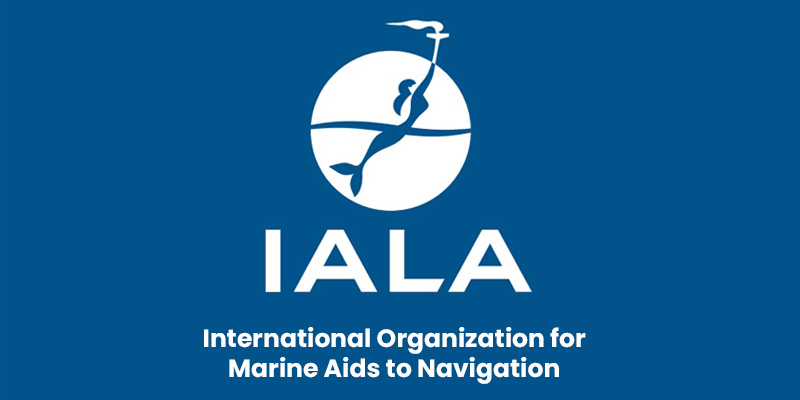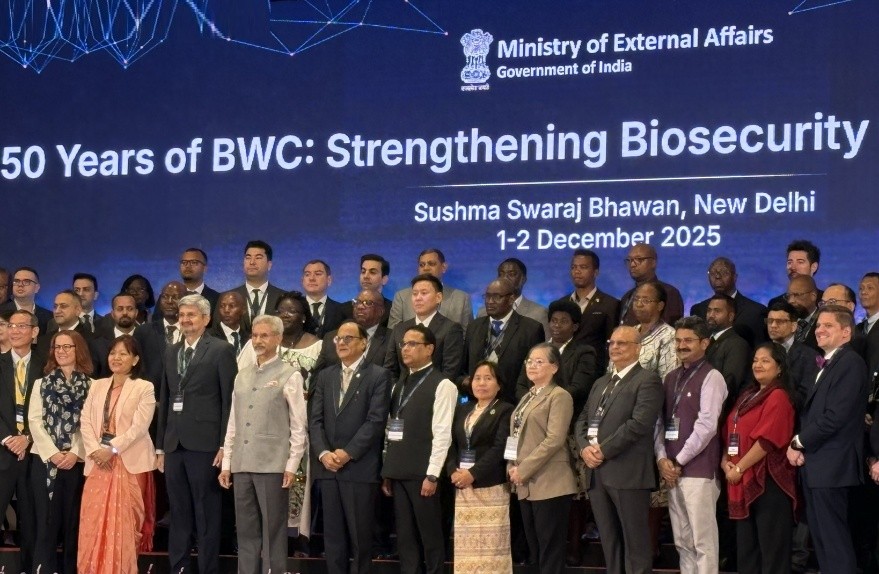Font size:
Print
Viability Gap Funding (VGF) scheme for Offshore Wind Energy Projects
Context:
The Union Cabinet, chaired by the Prime Minister, approved a VGF scheme for offshore wind energy projects with a total outlay of ₹7,453 crore.
More on News
- It includes ₹6,853 crore for installation and commissioning of 1 GW of offshore wind energy projects
- 500 MW each off the coasts of Gujarat and Tamil Nadu.
- An additional ₹600 crore allocated for upgrading two ports to meet logistics requirements for offshore wind energy projects.
Objectives and Implementation
- The VGF schemes provide financial support to infrastructure projects that are to be undertaken through Public-Private Partnerships (PPPs).
- The VGF for offshore wind energy projects is a major step towards implementing the National Offshore Wind Energy Policy 2015.
- It aims to exploit India’s vast offshore wind energy potential existing within the exclusive economic zone of India.
- The VGF support will reduce cost of power from offshore wind projects, making them viable for purchase by distribution companies (DISCOMs).
- Private developers selected through a transparent bidding process will establish the offshore wind projects.
- Power excavation infrastructure (including offshore substations) will be constructed by Power Grid Corporation of India (PGCIL).
- The Ministry of New and Renewable Energy will coordinate with various ministries and departments to ensure its successful implementation.
Benefits and Impact
- Offshore wind energy offers advantages over onshore wind and solar, such as higher adequacy, reliability, and employment potential.
- It is expected to attract investments, foster indigenous manufacturing capabilities, create employment opportunities, and promote technology development.
- It will also contribute towards achieving India’s energy transition targets.
- This scheme will kick-start offshore wind energy development in India and help create an ecosystem to support the country’s ocean-based economic activities.
- This ecosystem will enable development of initial 37 GW of offshore wind energy at an investment of about ₹4.5 lakh crore.
STANDING COMMITTEE ON ENERGY (2021-22)
- The Committee noted that as of May 2022, only 20% (41 GW) of India’s 200 GW commercially exploitable wind potential had been tapped.
- Reasons for slow capacity addition include:
-
- Shift in tariff system from feed-in tariffs (guaranteed above-market price for producers) to competitive bidding disrupted project installations.
- Solar energy prioritised over wind energy despite the solar sector’s import dependence and strong domestic manufacturing in the wind sector.
- The Committee recommended:
-
- Replacing old and less efficient turbines with advanced turbines.
-
- Formulating policy for repowering old turbines and issuing guidelines for recycling old turbines.
- Exploring offshore wind potential (higher capacity utilisation factor than onshore projects and decreasing costs with increased installed capacity).
- It also noted that wind and solar energy are complementary, as solar power is harnessed during day and wind power projects are productive during night.
- National Wind Solar Hybrid Policy, 2018 provides for promoting large grid-connected wind-solar energy projects.
|
DO YOU KNOW? India has the fourth highest wind power installed capacity in the World.
|


